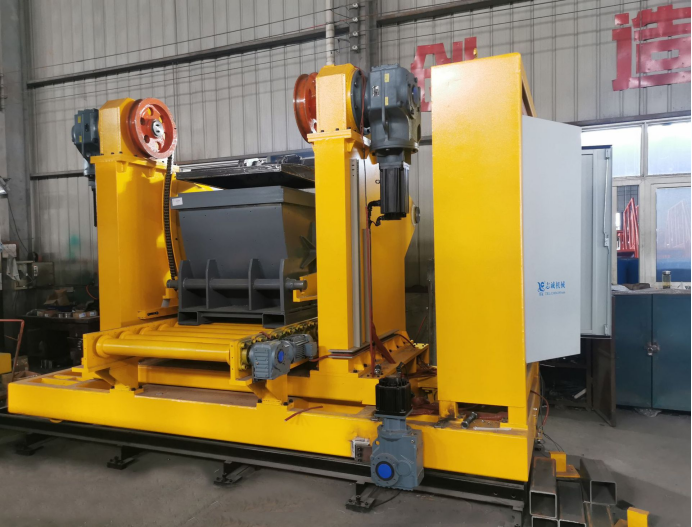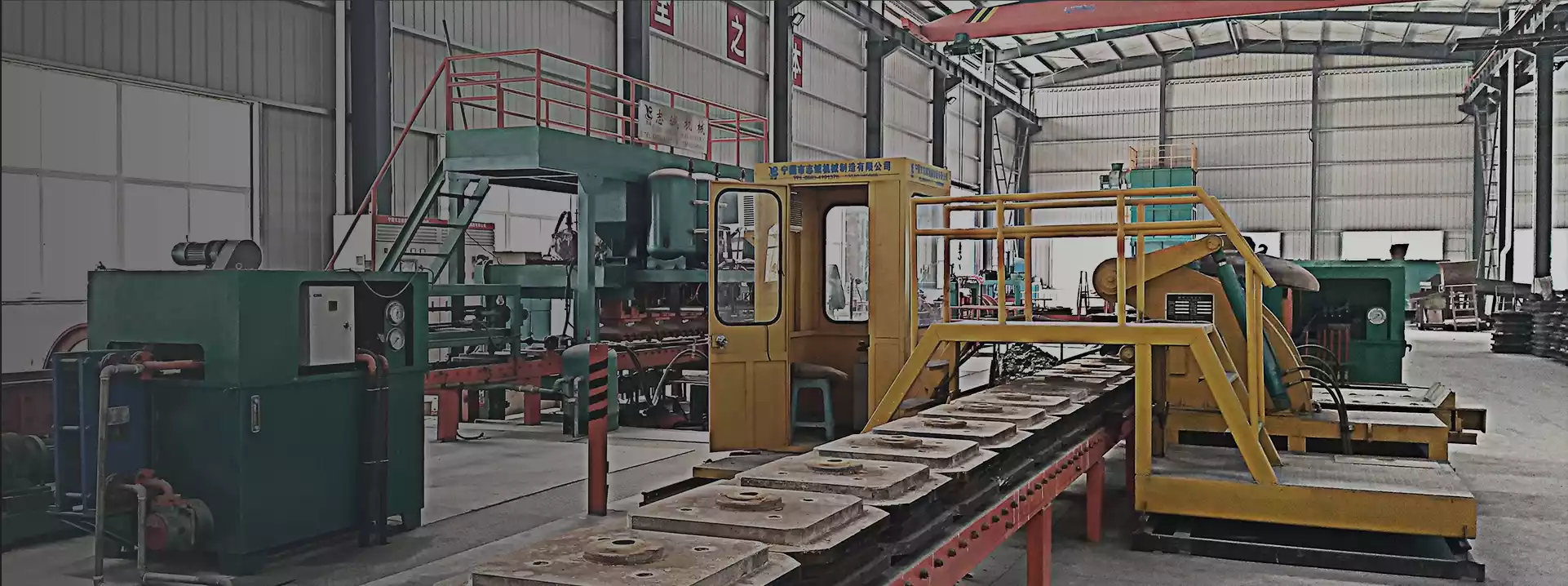Grinding media are crucial components in the grinding process, used in industries such as mining, cement, and chemical processing. They are responsible for reducing raw materials to finer particles, enhancing operational efficiency. This comprehensive guide explores the types of grinding media ball , the manufacturing process, quality control practices, and factors affecting their performance.

Types of Grinding Media
Grinding media come in different types, each suited to specific applications. Below is a breakdown of the main types of grinding media:
| Type of Grinding Media | Material | Advantages | Applications |
|---|---|---|---|
| Steel Grinding Media | High-carbon steel | Durable, strong, resistant to wear | Mining, cement, and power generation |
| Ceramic Grinding Media | Alumina, zirconia | High resistance to corrosion, high hardness | Fine grinding, ceramic industries |
| Polymer-Based Media | Polymer composites | Lightweight, cost-effective, and corrosion-resistant | Grinding of light materials, cost-sensitive operations |
The Grinding Media Manufacturing Process
The manufacturing process of grinding media involves several key stages to ensure the product meets performance standards. The following table outlines the steps:
| Manufacturing Step | Details |
|---|---|
| Material Selection | Choose materials like steel, ceramic, or polymers based on the intended application. |
| Shaping and Forming | The raw materials are shaped into the desired size and form, often using casting or forging. |
| Heat Treatment | Heat treatment is used to improve hardness and durability, especially for steel grinding media. |
| Polishing and Surface Finishing | The media is polished and finished to improve surface smoothness and minimize wear. |
Quality Control Practices in Grinding Media Production
To ensure the grinding media perform optimally, strict quality control measures are implemented throughout the manufacturing process. Below are some of the key quality control practices:
| Quality Control Practice | Purpose |
|---|---|
| Hardness Testing | Ensures the grinding media have the correct hardness for optimal performance. |
| Impact Resistance Testing | Tests the media’s ability to withstand mechanical stress during grinding. |
| Size and Shape Consistency | Ensures the media are uniform in size and shape to achieve consistent grinding. |
| Microstructure Analysis | Analyzes the internal structure to detect any flaws that could affect performance. |
Key Factors Affecting Grinding Media Performance
Several factors influence the effectiveness of grinding media. Understanding these factors can help optimize the grinding process:
| Factor | Impact on Performance |
|---|---|
| Material Composition | The composition determines hardness, wear resistance, and overall durability. |
| Media Size | The size of the grinding media affects the efficiency of the grinding process. |
| Ball Filling Ratio | The ratio of media to material in the grinding chamber influences the energy consumption and grinding efficiency. |
| Grinding Conditions | Operating conditions such as speed, time, and temperature can affect the grinding efficiency and media life. |
Optimizing Your Grinding Media Choice
Choosing the right grinding media is critical to achieving efficient and cost-effective grinding operations. Whether you require steel, ceramic, or polymer-based media, understanding their manufacturing process, quality control measures, and the key factors influencing their performance can lead to better decision-making and enhanced grinding outcomes.
FAQ
- What are the different types of grinding media?
- Grinding media come in three main types: steel, ceramic, and polymer-based. Each type has its own benefits and is suited to specific grinding applications.
- How is grinding media manufactured?
- The manufacturing process includes material selection, shaping, heat treatment, and polishing to ensure the media meet the desired performance standards.
- What factors affect grinding media performance?
- Factors such as material composition, media size, ball filling ratio, and grinding conditions all impact the efficiency of grinding media.
- Why is quality control important in grinding media production?
- Quality control ensures that the grinding media are durable, have consistent size and shape, and perform effectively in the grinding process.

